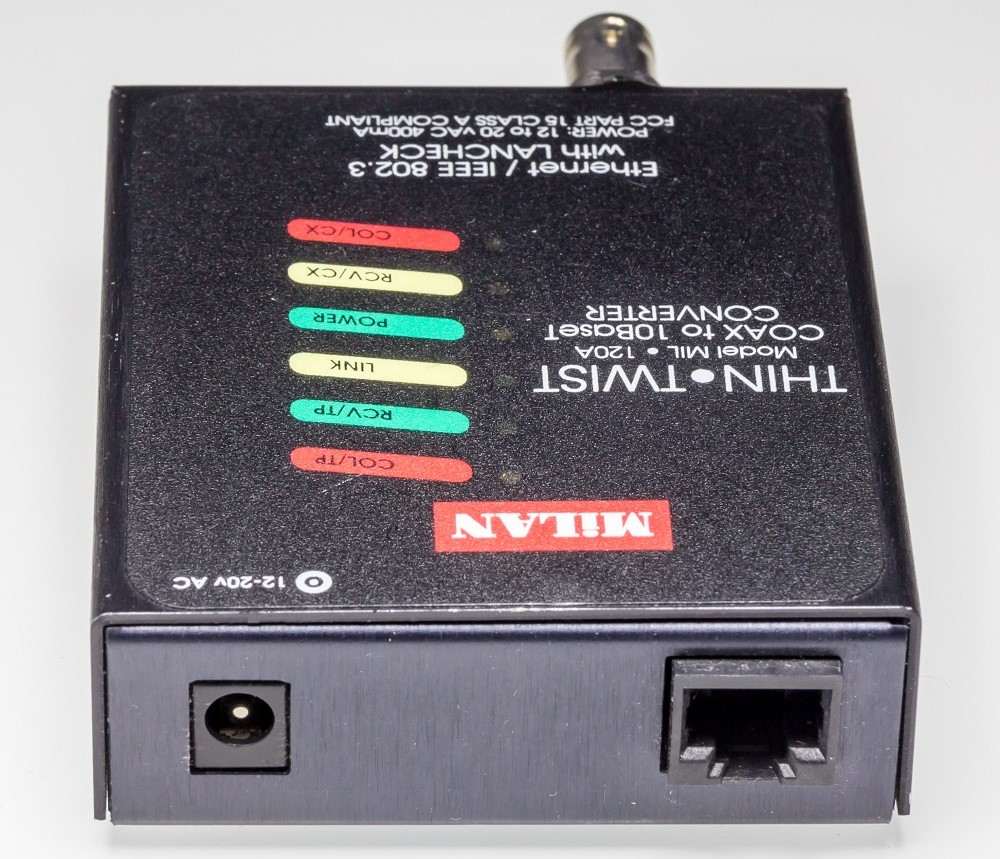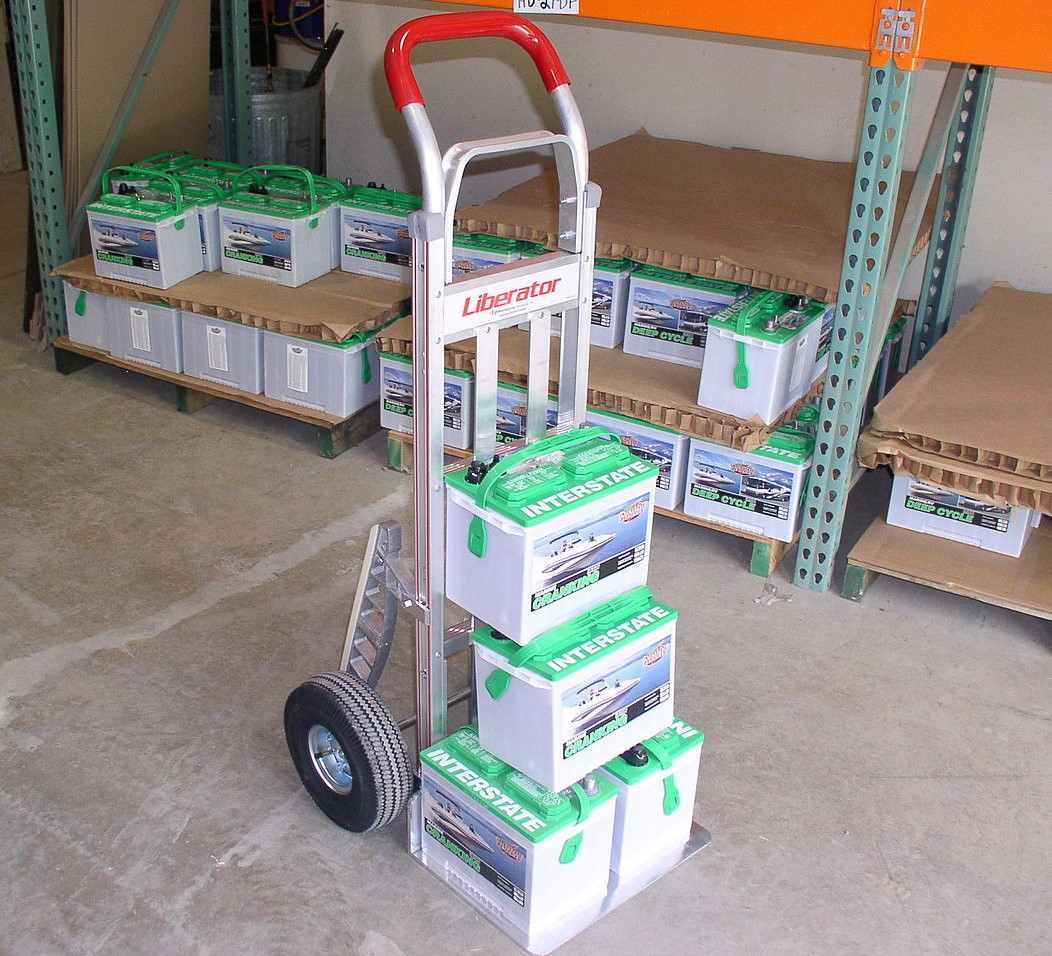Deep cycle batteries work as the power sources for RVs and marine appliances. This type of battery comes with sophisticated technology that allows recharging it back to its full potential even after being discharged completely. But only the right charging practices can ensure the long life of a battery. Having knowledge about how to charge a deep cycle battery properly will help to improve its performance.
Contents
Deep Cycle Battery: Types and Usage
A deep cycle battery is used mostly in cars or boats. Although it may look like a regular battery unit, it functions differently. It’s capable of providing reliable and sustained power for a longer time. You can use it until the power capacity reaches 20%. At this point, recharging the battery is a must. For preserving the efficiency and longevity of this battery, cell manufacturers recommend keeping the discharge rate below 45%. The deep cycle batteries come in two variants: flooded and maintenance-free.
The best benefit of this battery is its ability to supply a steady current flow for a long time. It can also provide a surge at the time of need but remember that this surge will not be the same as a car battery can offer. Manufacturers use thicker plates in the deep cycle battery to make it proficient enough for being deeply discharged.
Deep cycle batteries are lead-acid batteries that use the same operational chemistry of a car battery. Because of its ability to provide durable energy, this battery type is suitable for some particular applications. The most common areas of its usage are recreational vehicles and marine applications. Apart from these, golf carts and off-grid renewable energy machines also use deep cycle batteries.

How to Charge a Deep Cycle Battery Properly
Before charging, you have to inspect the battery to see if it’s completely ready for charging.
Checking the Battery
Markets have a variety of deep-cycle batteries, and most of them have water inside the structure. Before knowing how to charge a deep cycle battery properly, check out the following points:
- Check if the battery has the necessary liquid level according to its type.
- See if the outside housing of the deep cycle battery has any visible cracks.
- Watch out for corrosion on the battery connectors.
If any of these issues exist, fix them on a priority basis. The lack of water is one of the worst situations, as battery level declines rapidly in such cases. So, add distilled or drinking water immediately to achieve the required level.
Charging the Battery
Step 1
Check out the manual for the battery charger to have the correct guidelines. This step is crucial as the instruction varies from one charger to another. If the manual is not handy, download it from the Internet.
Step 2
Disconnect the deep cycle battery from the wiring systems. It will help to steer clear of any electrical damage.
Step 3
Remember that the battery releases gas during the event of the charging. Therefore, choose a place for charging the cell where the gas can securely dissolve into the outdoor air.
Step 4
Clean the battery terminals if necessary. Do not forget to put on protective eyewear and rubber gloves. These will work as a safeguard from sulfides that the batteries may emit while charging.
Step 5
Generally, you do not need to top off the deep cycle batteries as they come in sealed condition.
Step 6
Now, clip the red clamp only to the positive electrode. In case you have a hard time distinguishing, it is the terminal that has a plus symbol nearby. Although some latest charger models may provide an alert when hooked into the wrong electrode, not all chargers do that.
Step 7
Then, there is a black clamp that you need to clip to the negative terminal. This terminal will give a minus sign near it.
Step 8
After the clipping, insert the charger into the power outlet. The 110 to 120 volts AC outlets are ideal for deep cycle battery charge.
Warning: Check the charger to see the types of battery it supports. The charger may be required to select the battery type before starting the charging process.
Step 9
Start charging the battery. Most chargers come with the feature of stopping automatically to avoid overcharging when the battery has a full charge.
Step 10
Once the battery has a full charge, turn off the charger. Also, disconnect it from the outlet to make it ready for installation again. This is how to charge a deep cycle battery properly.
SEE MORE
To Discharge or Not to Discharge a Deep Cycle Battery
A prevalent theory may suggest completely discharging a battery and then charge it to achieve a longer lifespan. Scientists have already debunked this idea. But do the following tasks:
Start charging a deep cycle battery when the charge falls to 50-percent or around. Never let it fall below the 50% threshold. It will cut short the lifespan of the battery. The change dropping below 50% means putting a strain on the battery.
Is it Possible to Charge a Deep Cycle Battery Faster?
In certain situations, there is a need to charge the battery at a quicker speed. It is attainable by increasing the amperage charge from 10 or 15 amps to 20 amps. However, be careful while doing this. This process has a fair chance of shortening the life of a deep cycle battery.
You can also get a charger with the upgraded circuit. It will manage current to facilitate a faster charging process without damaging the battery.
The third method to perform quick battery recharge is to charge only up to 90 percent. Charging a battery to a full 100 percent will take comparatively more time. A note of caution also comes with this technique, which is not to try this all the time.
Conclusion
The use of deep cycle batteries in different fields is rising because of their exciting and useful attributes. But without knowing the correct mode of charging, it will not be possible to avail of all the benefits they offer. Hence, learn how to charge a deep cycle battery properly and enjoy a long battery life.



